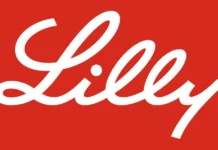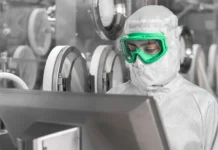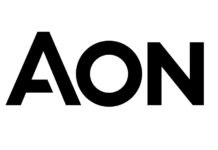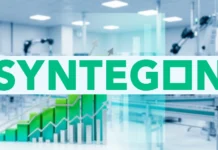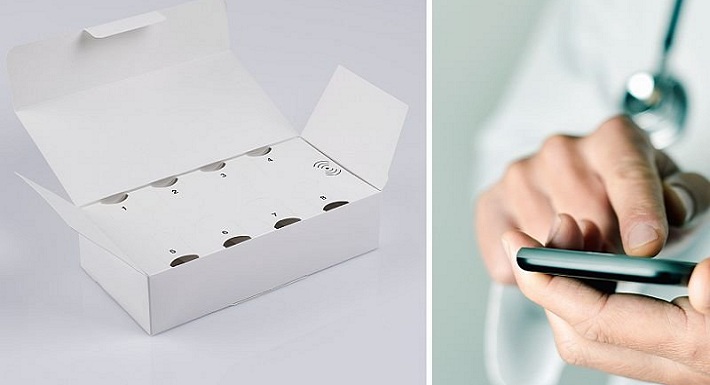The pharma sector happens to be standing at a very significant crossroads that is driven by rapid advancement when it comes to automation technology. Such kinds of developments are indeed elevating the drug manufacturing processes as well as revolutionizing packaging along with the delivery of pharma products.
As per one of the reports published by Grand View Research, the global pharmacy automation device market happened to be valued at $5.5 billion in 2022 and is expected to see a growth at a CAGR of 9.9% between 2023 to 2030.
Such kind of growth can indeed be attributed to the surge in the worldwide disease burden as well as the increasing use of prescription medicines. Such a rise when it comes to the number of prescriptions happens to be driving demand when it comes to automation technology in order to reduce medication errors and at the same time enable rapid prescription dispensing. Apart from this, pharmacy automation devices go on to help in preventing product contamination as well as errors, thereby decreasing the risk when it comes to liabilities and also elevating patient safety.
Such kinds of devices also happen to minimize the medication waste and hence reduce the costs in the long run.
As one goes on to delve deeper into automation, it is indeed critical to understand how these kinds of technological strides as well as upgrades happen to be reshaping drug packaging systems, making sure of safety, efficacy as well as precision, and that too at every step when it comes to the medication management chain.
Smart Packaging Tech – A way of enhance the patient outcomes
The fact is that one of the most prominent trends within the pharma packaging landscape happens to be the emergence of smart packaging solutions. Such kind of innovative systems happen to make use of cutting-edge tech such as RFID chips, near field communication, as well as IoT connectivity in order to enhance the compliance of patients and, at the same time, also monitor the product’s integrity all throughout the lifecycle.
For example, the smart blister packs can indeed go on to alert patients when it is time to take their meds and also record data that’s authentic, which then can go on to get accessed by the healthcare providers. This tech goes on to foster much better patient outcomes and also seamlessly integrates along with the personal health records of the patients, thereby offering a holistic view when it comes to the medication regimen of the patient.
Automation makes sure of compounding and dispensing with precision
Automation tech has indeed transformed the traditional drug dispensing methods, thereby making them more efficient as well as precise. The automated dispensing systems happen to be widely used across pharmacies and compounding pharmacies as well as hospitals, lessen the human error scenario, elevate the drug dosing, and prominently lessen the contamination risk. These kinds of systems are specifically critical when it comes to administering very high stakes medicines where the precision happens to be of utmost significance.
Moreover, automated compounding systems when it comes to intravenous medications happen to save time of the pharmacists and also ensure that the doses get mixed in the most accurate way, all of which enhance safety of the patient.
The fact is that the advent when it comes to 3D printing in pharmaceuticals brings to the fore a new era of medicine that’s customized. This technology enables the creation of intricate drug formulations that happen to cater to certain patient needs. For instance, 3D-printed tablets can indeed be designed so as to release drugs at a rate that’s predetermined and customized to the patient’s absorption capacity, hence, in a way elevating therapeutic outcomes. Such kind of printers can go on to give out pills having numerous layers of drugs, thereby enabling the combination of many medications and that too into a single pill having varied release times.
Automation of this process not just streamlines the manufacturing scenario but at the same time decreases the potential when it comes to human error, thereby making sure that every batch meets the required specifications.
The challenges in automation need to be looked into
In spite of these advancements, integrating automation tech into drug packaging doesn’t happen to be devoid of issues. The high cost involved in executing sophisticated tech like robotics as well as AI is a major hurdle, specifically for the smaller manufacturers. Moreover, the regulatory issues slow down the adoption when it comes to new tech since compliance with strict standards is indeed compulsory.
Moreover, the shift when it comes to automated systems needs a workforce that is updated with robotics, analysis of the data, as well as digital management. As the sector continues to evolve, there happens to be a rising need for ongoing training as well as development so as to equip the workers with required skills so as to manage such advanced technology in an effective way.
But the future of pharma packaging as well as drug systems happens to be undeniably leaning towards a much more automated as well as customized solution. Consistent innovation as well as collaboration within the tech developers, pharma companies, and regulatory bodies is going to be very critical as things move forward.
Automation solutions – A much-needed healthy dose
The objective is indeed very clear. One must make optimal use of automation so as to enhance the safety of the drugs, efficacy, and patient compliance. With such tech, the pharma sector is all set to offer very responsible as well as responsive healthcare solutions, thereby making significant strides when it comes to better outcomes in patients as well as a future that’s healthier.






